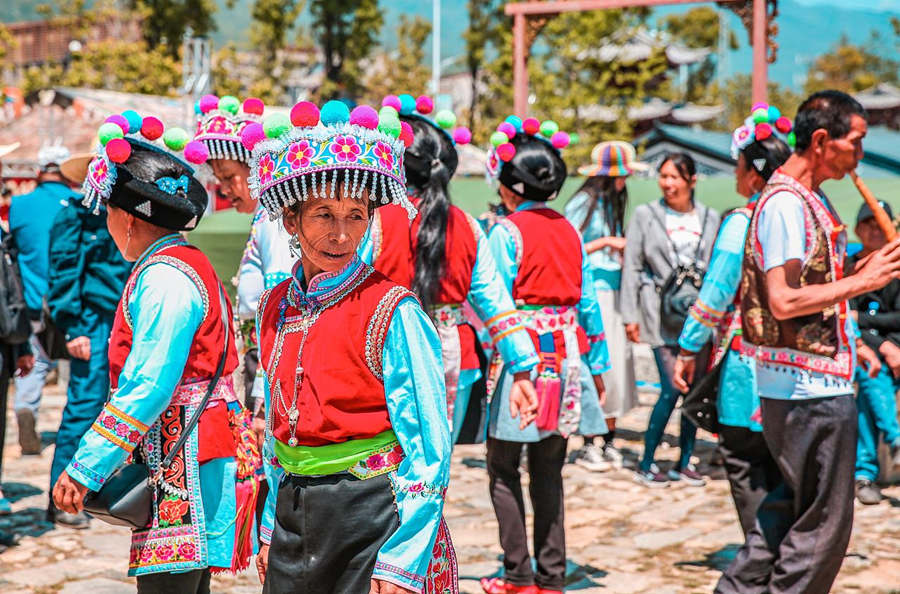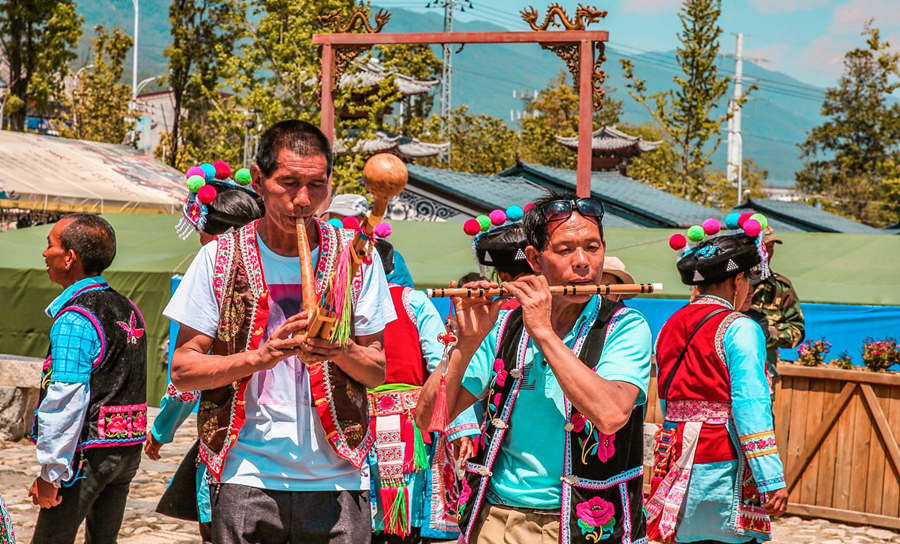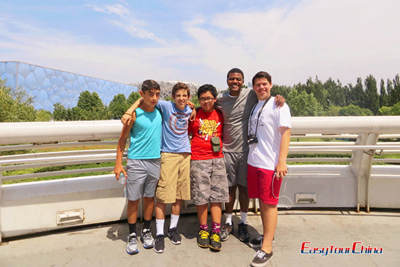Bai's March Street Fair (Third Month Fair)
Origin
It is said that the Avalokitesvara transmited scriptures from one channel to another in ancient time. So, the believers of Buddhism put up a shed to saluted and chanted scriptures at the time of transmission. Since then, the March Street became a temple fair for sermon. At that time, the number of Buddhism believer is considerable because of the advantageous location of Dali. With the development of society and economy, the temple fair gradually became a local trade fairs and festival in western Yunnan.

Historical Legends
There are some wonderful legends about the March Street. It is said that a long time ago, a tyrant ate a pair of people`s eyeball every day, and brought heavy disaster to the Bai people. One day, a magic and powerful warrior came into village. He exterminated disaster and scourge for them. In order to commemorate what the warrior did for Bai people, so they get together and dance under the Chang Mountain from every lunar march 15th to 20th. Year after year, the specific period became the annual "March Street".
Another legend more preferred by people is: a young fisherman man fished beside the Erhai Lake. His wife is the third princess of the Dragon King. The princess raised her head and stared the bright and clear night of lunar March 15th. Suddenly, she thought of the annual Moon Street held by the Goddess in the moon. So, the couple rode a dragon to stroll around the Moon Street. They didn`t buy anything for the commodity on Moon Street was used for visiting not for trade. On their way to home, the empty-handed couple decided to run another Moon Street under the Chang Mountain. People could buy whatever they want in the Moon Street during the seven days began in every lunar March 15th. Consequently, people called this busy market as the "Moon Street".

Form
This grand street period and traditional fair was held from every lunar March 15th in Chang Mountain, Dali. It lasts for five days to seven days. The origin of March Street is lined with religious activities. One version said that the Mother Buddha subdue the evil Raksasa for people. So, Bai people get together every year to give thanks to the Harvest God. The activities gradually enveloped into an annual street period, which also known as “Guanyin Festival”, “Guanyin Street”.
Originally, the March Street simply was a Buddhist ceremony. Thanks to the advantageous location of Dali and the economic development of Bai district, the March Street has become a grand fair for the economic and cultural exchange of different nationalities. On every occasion of festival, there are huge crowds of people and dazzling goods in the street.
The March Street is extraordinarily busy. Traditionally, people do business during the day, sing and dance in the camp at night. The people of Bai, Han, Li, Naxi, Zhang, Lisu and Hui dressed in their splendid attire gather in the square under the foot of Chang Mountain. They drive the livestock and carry the medicinal materials and subsidiary agricultural products to trade with others. In addition to commodities exchange, there are singing, dancing, shooting, riding and ball playing in the street. Bai Opera and Huadeng Opera are displayed on the stage.
Related Reading


